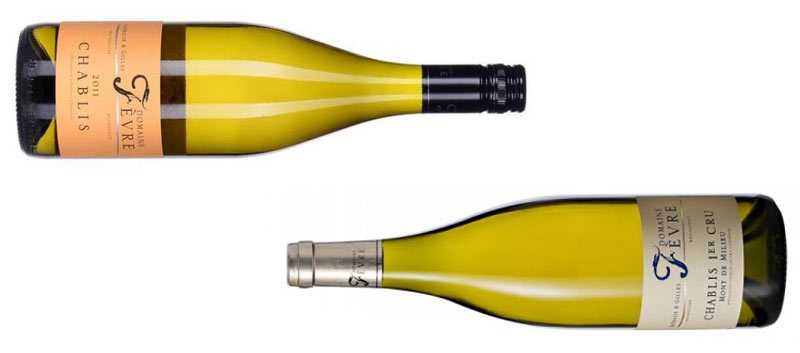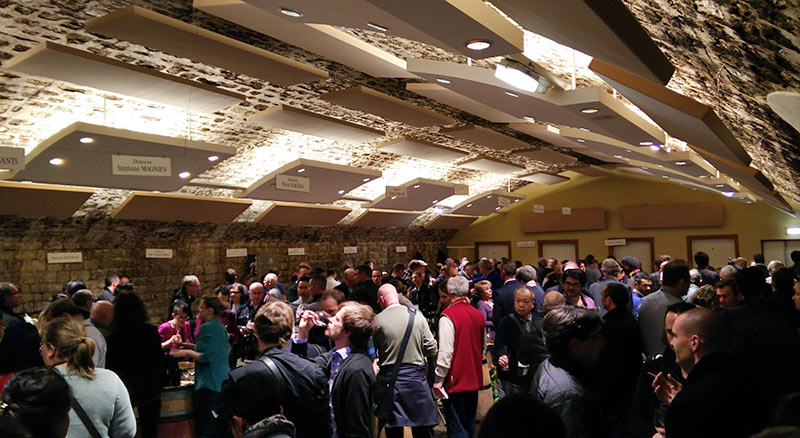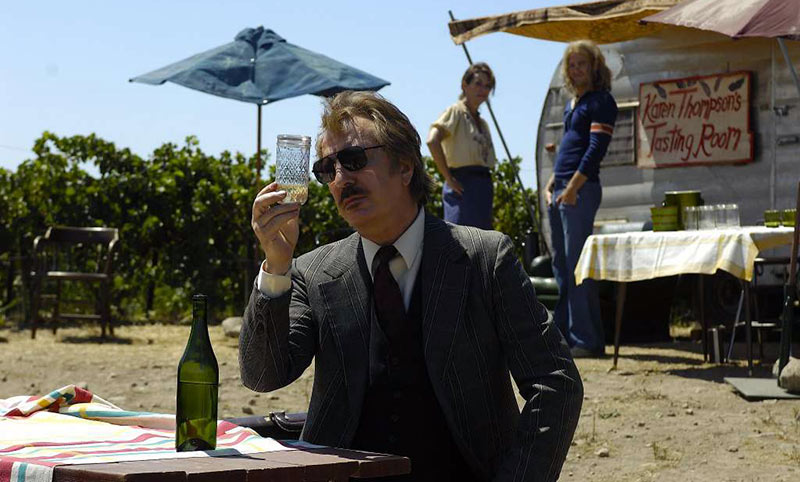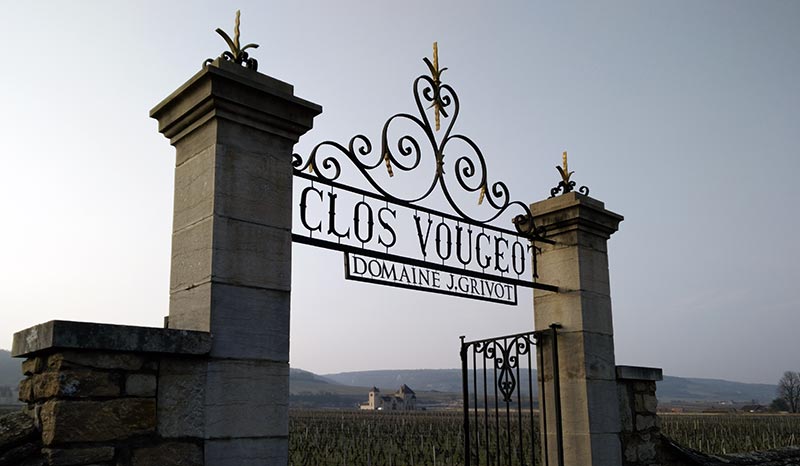Chablis is Chardonnay. Chardonnay is Chablis.
This simple statement is one of the defining aspects to this northern part of Burgundy viticulture. Naturally, anyone who has in front of them a bottle of say, Californian Chardonnay like Clos du Bois and a bottle of one of many of the Chablis wines next to it is going to say, “Whoa whoa whoa, these are not the same.” And you’d be right as the winemaking styles differ vastly. Many of the New World producers have historically used malolactic fermentation on their Chardonnay as well as gobs of new oak barrels. Chablis on the other hand doesn’t go through “malo” and only the top-end wines from the region see oak aging and even then, it’s incredibly neutral and subtle.
In terms of party treats, I look at New World Chardonnay as the fruitcake that someone brought over and will eventually be re-gifted to another party. Whereas Chablis is the guacamole, everyone jumps on it and it’s gone in a flash. Things are changing however and as many wine drinkers have said, “I’m a bit tired of drinking liquid wood and butter in my wine” countless New World Chardonnay makers are changing their profile to be more like Chablis and to a large part, it’s working. During a blind tasting workshop last year, I completely and utterly miscalled a California Chardonnay because the profile was so incredibly different from what I remembered from five years ago. Note to self: try more Chardonnays the next time in Napa and Sonoma…
This is good news as while I’m a red wine drinker by default, I really love Chablis. Of course there’s Chablis and then there’s Chablis. There are in fact four classification levels: Petit Chablis, Chablis, Chablis Premier Cru, Chablis Grand Cru–you can probably guess which one is at the top. I managed to pick up a bottle of the Chablis and the Chablis Premier Cru from Nathalie & Gilles Fèvre, which is not be confused with William Fevre who is also in Chablis.
The Chablis was 7€ and the Premier Cru 20€. The simple question is, “Was there a difference?” You bet your ass there was. Both are quality wines in their respective appellation but the Chablis offered up a more simple wine that was a great value for the money and damned tasty with food. With the Premier Cru, the complexity was immediately seen. Does this mean the Premier Cru is the “better” wine? Not necessarily as there is a time and place for both and with the higher-end wine, I see food pairings being trickier whereas with the lower level wine, it can pair with countless dishes, much like what Sherry can do. Super versatile that wine. Then again, if I want to sit back and watch a movie while sipping a wine on its own, the Premier Cru is an excellent companion.



